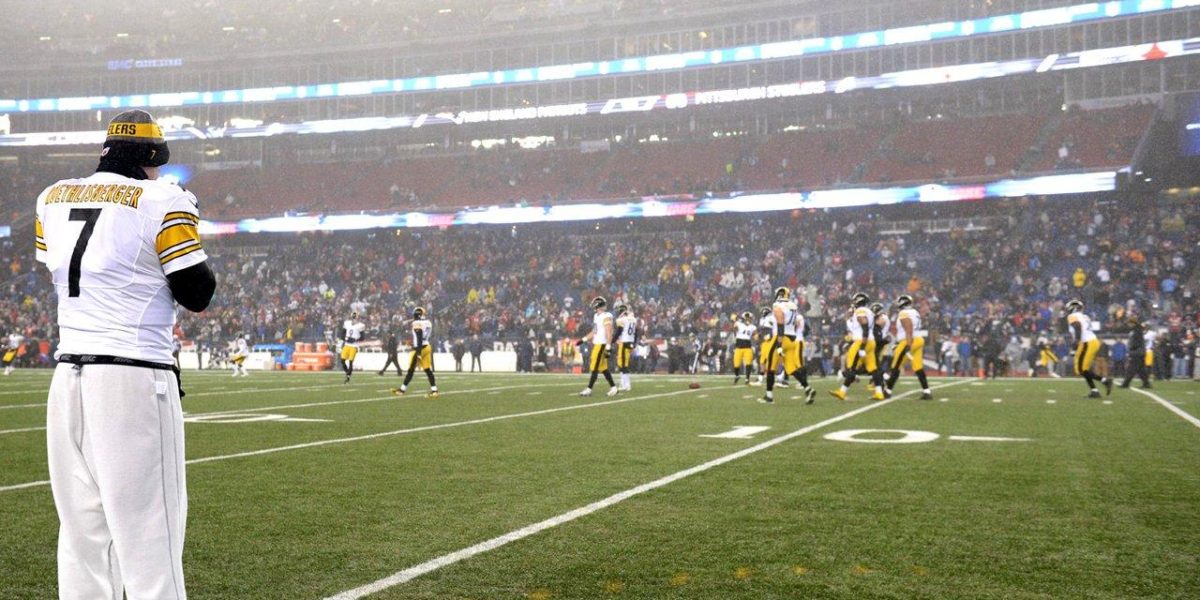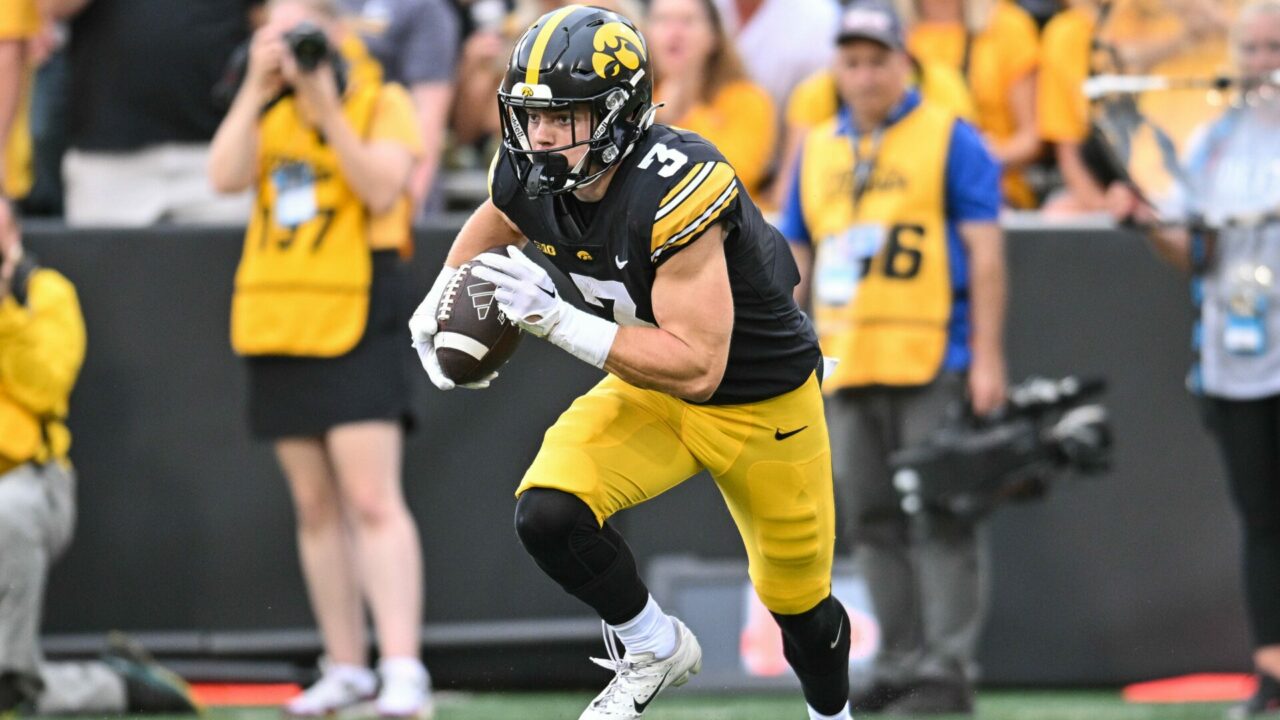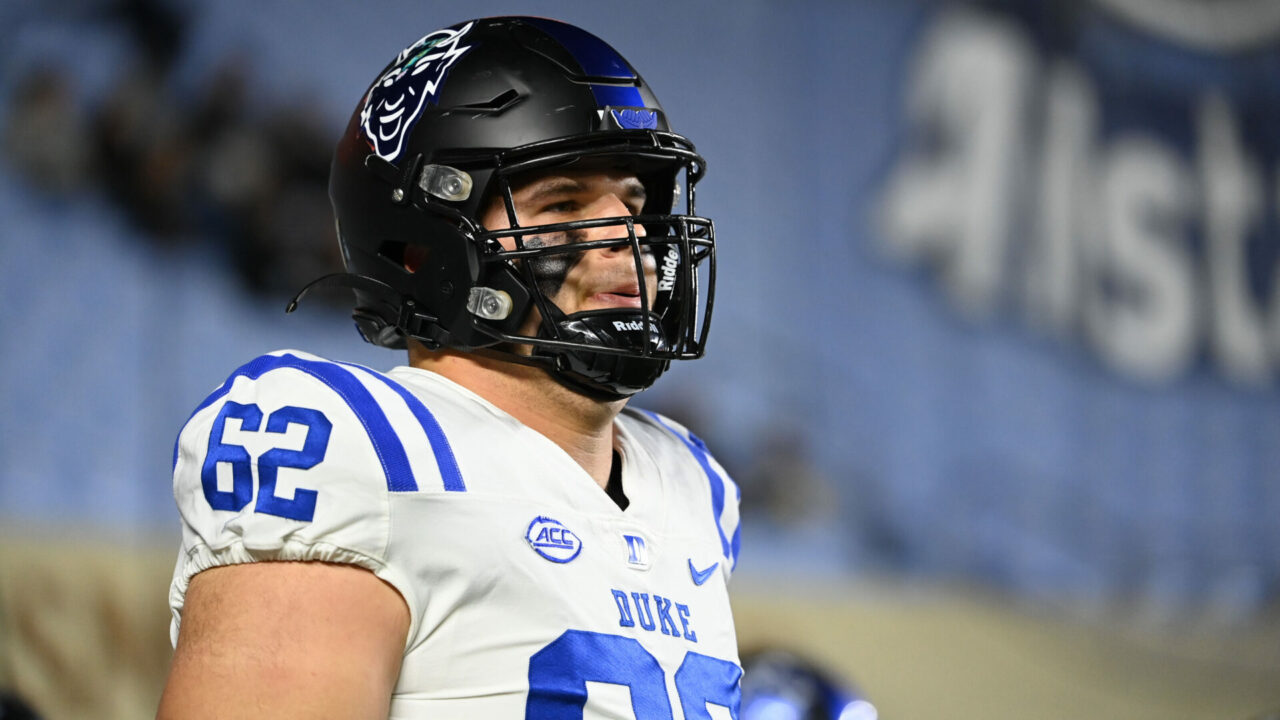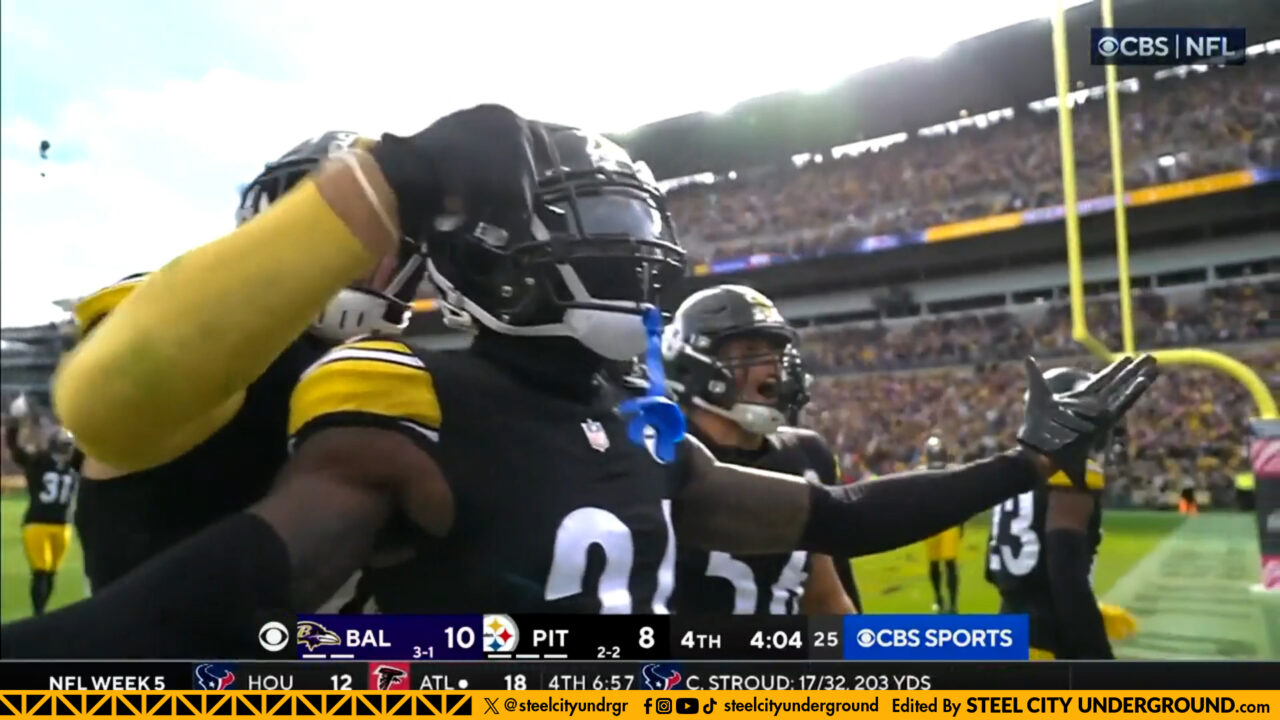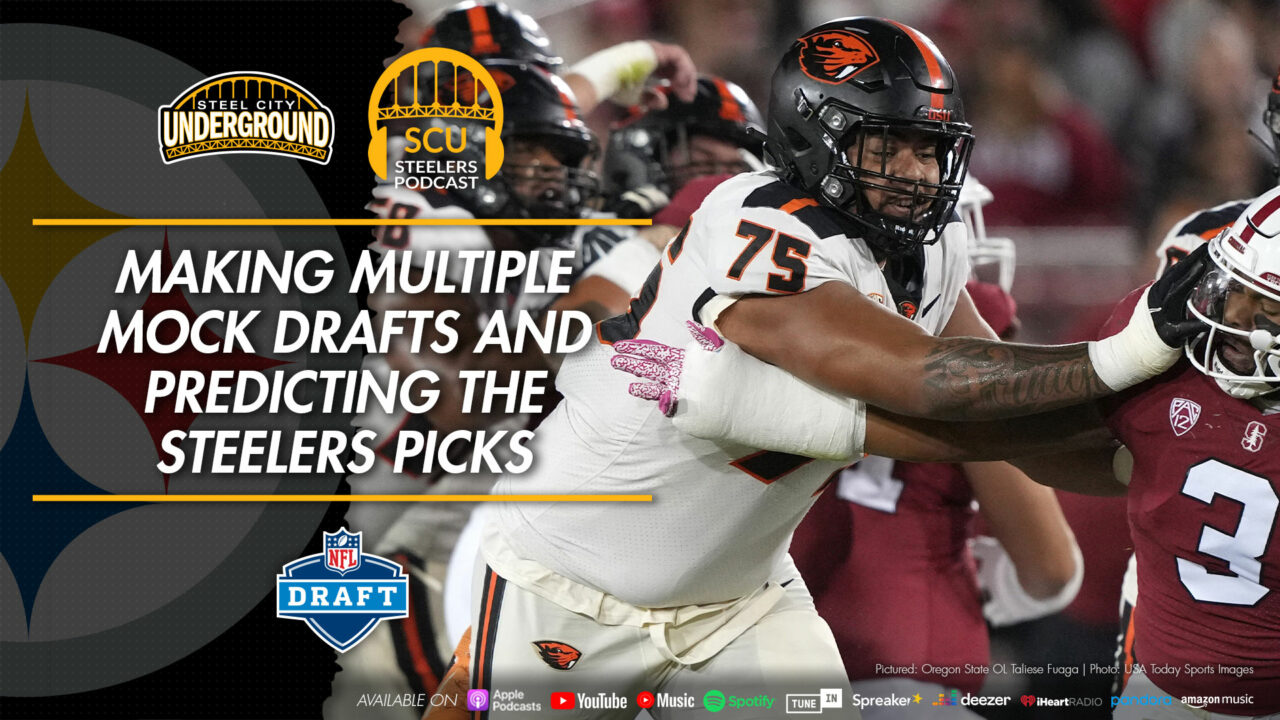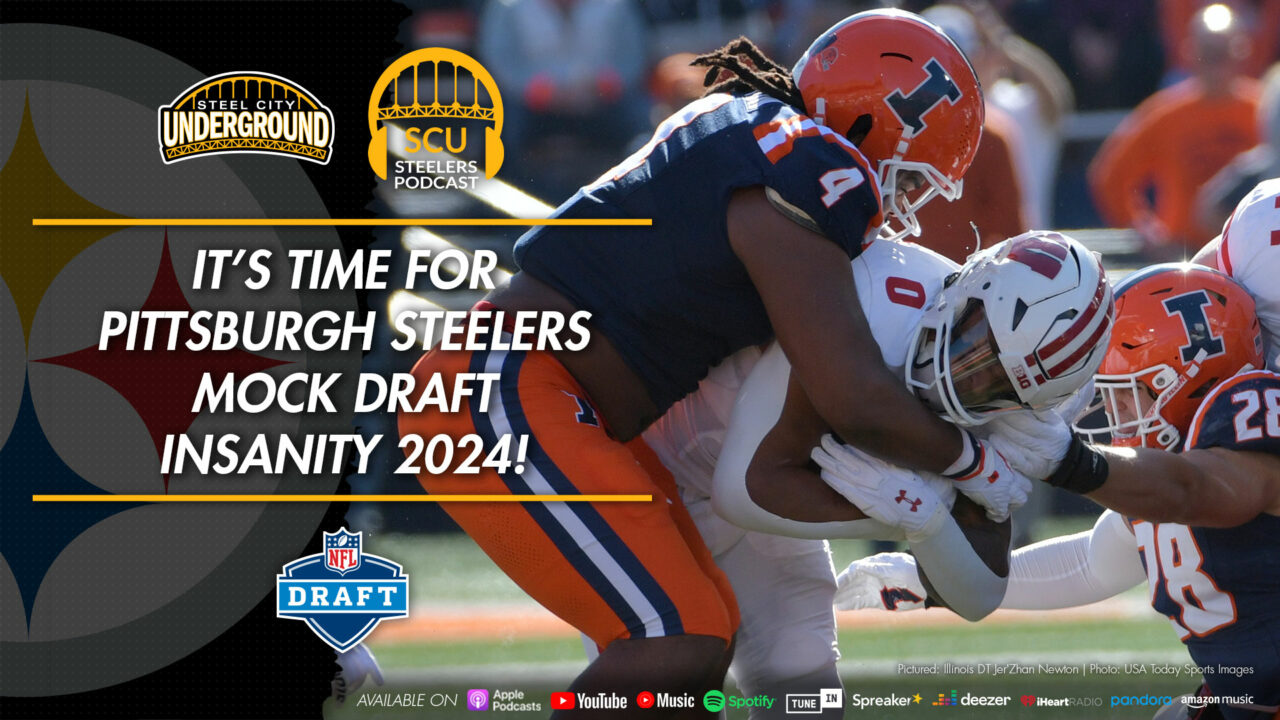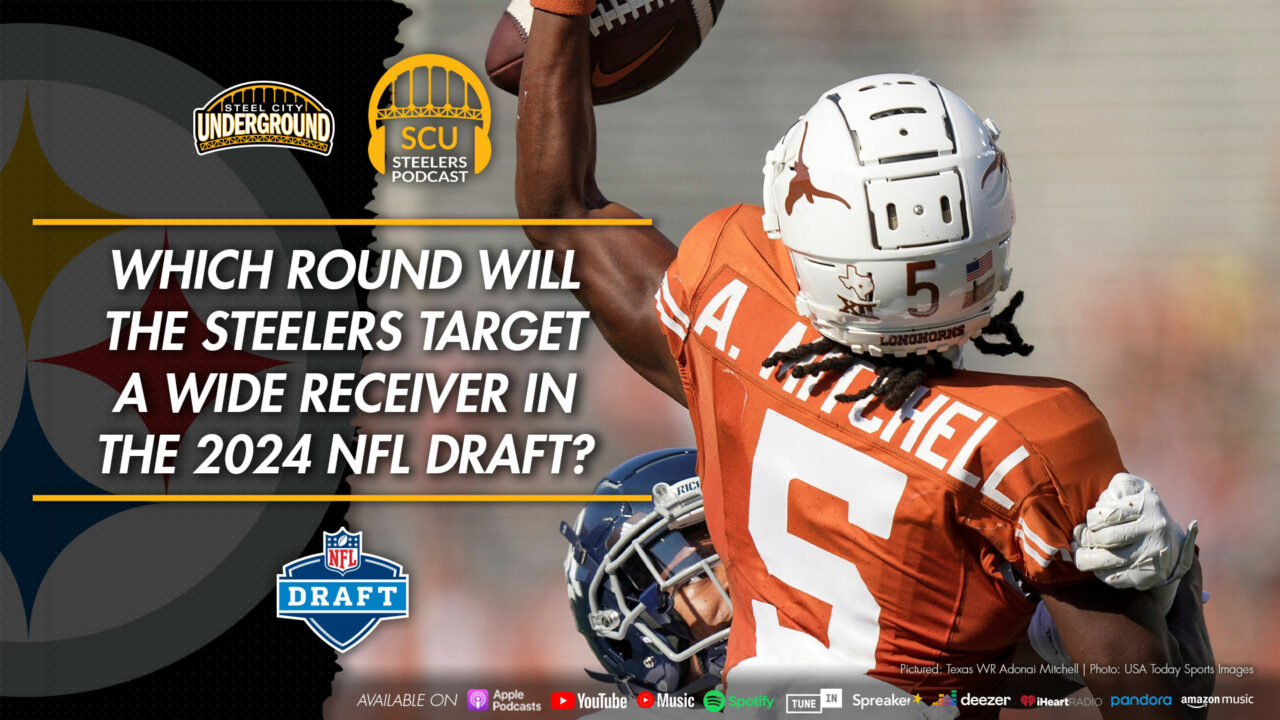Look how long it took the Steelers to find a franchise quarterback
I had been on one heck of a crusade over the last few weeks to change fans’ minds about the difference between a starting quarterback, and a backup. I had pointed out similarities between past Steelers backups, such as Charlie Batch, and current backup, Landry Jones. I had even compared potential free agents, and other backups around the NFL, to see how they stack up as well.
Brian Roach and I went into great detail about the pitfalls of assuming draft picks will pan out as future stars, and if Pittsburgh might consider selecting one in this year’s NFL Draft during recent episodes of the Steel City Underground Steelers podcast.
To sum all of those discussions up into a short few words: there are not enough quality starting quarterbacks in the NFL, let alone capable backups.
In continuing on with the spirit of those discussions, I wanted to go back to a time when the Steelers did not have a franchise quarterback.
And I’m not referring to that period of time in the 80’s which most fans talk about like the Dark Ages. We’re all well aware that the Steelers passed on drafting Dan Marino, and lived to regret it for most of that decade. What I’d like to talk about are some more recent seasons, directed under head coach Bill Cowher, where Pittsburgh went on the quarterback carousel as much as anyone else.
Bill Cowher came to town in 1992, and for four seasons, had consistency with QB Neil O’Donnell at the helm. O’Donnell was a 3rd round draft pick by Pittsburgh in 1990. He would get his first starts a year later, in ’91, during Chuck Noll‘s final season as head coach. He was never anything spectacular (averaging an 81.8 QB rating in his 5 seasons with the Steelers) but he managed to help lead the team to its first Conference Championship game since 1985, and first Super Bowl appearance since 1980 (1979 season), in part to a great defense and strong running game.
O’Donnell threw three interceptions in Super Bowl XXX, and promptly jettisoned to the New York Jets on a 5-year $25 million deal. (Consequently, O’Donnell would never find much success there, or anywhere else, throughout the remainder of his career.)
The Steelers would be in quarterback limbo from that point forward. Their next quarterback would be O’Donnell’s backup, Mike Tomczak, who had made 7 starts prior to becoming the starter in 1996. In those 7 starts (and 20 appearances) Tomczak would throw 7 touchdowns to 14 picks, ending up on the wrong side of the TD-to-INT ratio. His ’96 season was one of his finer moments, throwing for a career-high 2,767 yards, 15 TDs and 17 INTs, leading the Steelers to a 10-6 record, and postseason berth, but falling in the Divisional Round to a New England Patriots team which would make it to the Super Bowl (losing to Green Bay).
The Tomczak experiment would end the following year, as “Slash” Kordell Stewart, who made waves during the ’95 Super Bowl run as a rookie quarterback converted to wide receiver, would try to convert back to quarterback. Stewart would assume the starting role, while Tomczak would hang on as a backup for the next three years, through the 1999 season.
“Slash” led the Steelers to the AFC Championship game in his first full year as a starter, but threw three interceptions, and lost a fumble, as Pittsburgh fell to the Denver Broncos. Kordell would struggle through the next two seasons, as the Steelers missed the postseason with 7-9 and 6-10 records. Stewart would be benched in ’99 for Tomczak, then compete in 2000 with Kent Graham, a journeyman quarterback who was signed to replace Tomczak.
Kent Graham wasn’t intended to start, but was named the starter following pressure placed upon Bill Cowher during training camp. Graham would go 1-3 starting the first five games, having one of the best offensive showings for a Steelers starter before injuring his hip. He was never anything spectacular stats-wise either, drumming up 61.2, 68.7, 79.6, 66.9 and 43.1 QB ratings in those five appearances.
Despite signing a three-year contract, Graham would only attempt 5 more passes as a Steelers, while Stewart regained his starting role, leading the charge in 11 games, and nearly getting Pittsburgh back into the playoffs with a 9-7 record.
The 2001 season would be Kordell’s best, as he orchestrated a 13-3 Steelers record into the top seed in the AFC. He would throw for 3,109 yards, 14 touchdowns, 11 picks and complete 60.2 of his passes, while adding 537 rushing yards and 5 rushing touchdowns, en route to a Pro Bowl selection and team MVP award.
Stewart’s play once again got the Steelers on the Super Bowl doorstep, but they would fall to eventual champion New England in the AFC title game.
Naturally, having led the Steelers to three postseason appearances and two conference title games, Kordell got the nod to start again in 2002, but after poor play, would be benched for Tommy Maddox, who was acquired a season earlier to backup Stewart after Graham’s release. Maddox went 15-20-1 as a starter in Pittsburgh. His seasons, not including 9 pass attempts in 2001, were a consistent decline in pass completion percentage: 62.1, 57.4, 50.0 and 47.9. His TD:INT ratio also dipped from 20:16, 18:17, 1:2 and 2:4, as did his QB ratings (85.2, 75.3, 58.3, and 51.7).
Playing every game in 2003, Maddox would go 6-10 as a starter: an important milestone in Steelers history, as it’s the last season Pittsburgh finished below .500.
In 2004, the Steelers would finally find their franchise quarterback, drafting Ben Roethlisberger. Big Ben would begin his NFL career as a backup, but assumed the starting role after an injury sent Maddox to the sidelines.
The Steelers never looked back. Maddox’ time in Pittsburgh ended shortly after Roethlisberger rallied the Steelers to a win in Super Bowl XL.
Thus is the concern of Steelers fans everywhere: how do you avoid the “Dark Ages” of missing on Marino in the 80’s, and cruelty of quarterback play throughout the 90’s and early 2000’s?
There’s no certain answer.
- Neil O’Donnell was a game manager with a great ground game and solid defense.
- Mike Tomczak was a veteran QB who didn’t quite pan out as many hoped.
- Jim Miller, had a cup of coffee with the team, as a sixth round pick with one bad start in his only two seasons with the Steelers.
- Stewart was taken in the 2nd round, and led the team through peaks and valleys, but never won the big one.
- Graham was signed to solidify the offense, but fell into a deeper valley than Stewart.
- Maddox got the Steelers into the Divisional Round in his first year, but their last losing season in over a decade in his second.
That’s quite a bit of trial and error with draft picks (O’Donnell, Miller, Stewart) and journey man vets (Graham, Maddox) in order to find “the guy” (Roethlisberger), who will end up owning every franchise passing record before his career is over.
Many have discussed drafting someone to sit and learn behind Ben. That plan is far from fool-proof as well.
Denver planned to replace Peyton Manning with Brock Osweiler, but lost both last season (forcing them to start a seventh round draft pick instead).
Brett Favre continued playing in the NFL for three more seasons, following being forced out of Green Bay for Aaron Rodgers (who fell in the draft, after having been thought to be the top overall pick). The aforementioned Manning was also released from his previous perch with the Colts, following a lousy season which netted Indianapolis top overall pick Andrew Luck.
It’s a tough pill to swallow, but one of those situations could be in Pittsburgh’s future: risk losing an heir apparent, force out a future Hall of Famer, or have a bad season (or several) until you can take one of the top prospects in the draft.
Preferably, a strong team could remain around an adequate quarterback until a top prospect could be drafted. However, let’s hope that scenario is a long ways away.
